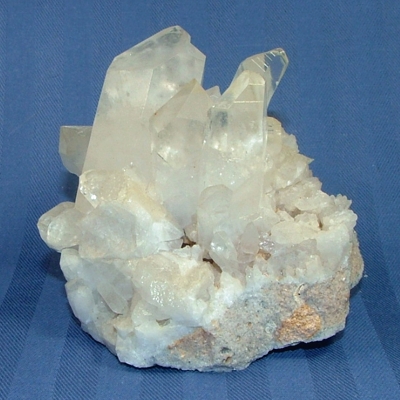Evolution isn’t just for living organisms, as scientists the Carnegie Institution found. They found that more than 3000 of the 4000+ minerals that exist can be linked more or less directly to biological life. This finding could have a crucial importance for scientists that are searching for life on other planets.
Robert Hazen and Dominic Papineau of the Carnegie Institution’s Geophysical Laboratory along with 6 of their colleagues analyzed physical and chemical properties of that gradually transformed different primordial minerals in interstellar dust grains to the minerals that are present here on Earth. They also analyzed the crystal structure, which is crucial for defining the properties of the minerals.
“It’s a different way of looking at minerals from more traditional approaches,” says Hazen. “Mineral evolution is obviously different from Darwinian evolution—minerals don’t mutate, reproduce or compete like living organisms. But we found both the variety and relative abundances of minerals have changed dramatically over more than 4.5 billion years of Earth’s history.”
For at least 2.5 billion years, and possibly since the emergence of life, Earth’s mineralogy has evolved in parallel with biology,” he adds. “One implication of this finding is that remote observations of the mineralogy of other moons and planets may provide crucial evidence for biological influences beyond Earth.”







